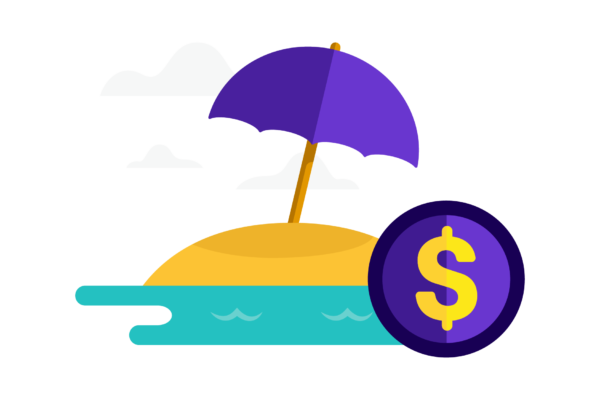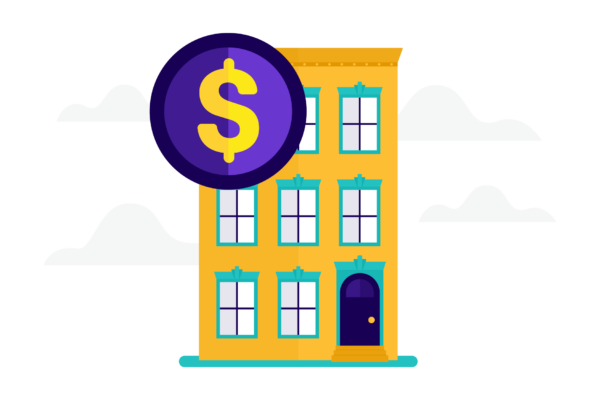Jul 29, 2019
How to Put Money Away for Short-Term Savings
Budget and automation can help you achieve immediate financial goals.

You’re probably familiar with the idea of long-term savings goals—saving money for retirement or buying a house, for example. But it’s important to put money away for more immediate expenses and your short-term financial goals too.
Jargon Hack.
What is short-term savings?

Short-Term Savings
Money set aside for upcoming expenses, such as vacations or holiday gifts, that you keep in an easily accessible account.
Strategies
- Whether you follow the 50-30-20 method, the envelope method, or some other way to allocate your monthly cash, dedicate some portion of your budget to short-term savings.
- Get clear on your short-term savings goals. One goal could be to create an emergency fund. That should cover three to six months of living expenses in order to cover sudden costs like a car repair, medical expense, or layoff. Short-term savings goals might also include saving money for vacations, dinners out, new clothing, or entertainment.
- Automate your savings. As soon as you get paid, have money automatically deducted and placed into a dedicated savings account. For many people, if they can’t see the money, they won’t spend it.
- Save what you can. Even if you’re putting away just a few dollars each month, it will help you develop short-term savings.
- Keep short-term savings in an easily accessible account, like a savings or checking account, where you can take it out with no financial penalties or fees once you’ve reached your goal.
Note: Psychologically it might be easier to meet a short-term savings goal, because it involves a smaller amount of money than the cost of a long-term savings goal.
Example:
If you put away $20 a week, at the end of one year you will have $1,040.1

Jargon Hack.
What is long-term savings?

Long-Term Savings
Savings you let sit in an investment or high-yield savings account for years, often for bigger goals such as retirement, or buying a house.
Jargon Hack.
What is discretionary income?

Discretionary Income
Money left over after you’ve paid your monthly essentials, such as rent or mortgage, student loans, and utilities.
Find out more

How to Save Money: 45 Best Ways to Grow Your Savings
Wondering how to save money? This guide covers smart ways to reduce your spending and get the most out of your savings account.

How to Save Money with the 50-30-20 Budget
It’s one of the most popular budgeting concepts. We break down the 50-30-20 budget and teach you all about fixed and variable expenses, as well as some strategies for reducing monthly costs.

Checking Account vs. Saving Account: What’s the Difference?
We explain the difference between these two popular ways to store your money. In this article, you’ll learn which account is for short-term expenses, and which one is for longer-term goals, and why.

Saving vs. Investing: 2 Ways to Reach Your Financial Goals
People use saving and investing to achieve different financial goals. Learn how investing can help you put your money to work, as well as the risks involved with both.
1Expected returns are hypothetical in nature and may not reflect actual future results.
Related Articles

Saving vs. Investing: 2 Ways to Reach Your Financial Goals

How to Save Money: 45 Best Ways to Grow Your Savings

How to Set Up an Emergency Fund

How Much of Your Paycheck Should You Save?

How To Stop Impulse Buying

29 Side Hustles To Consider in 2024





